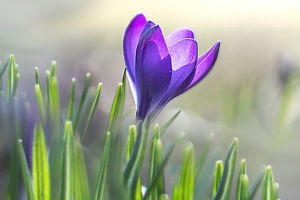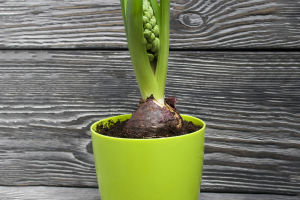Begonia, a captivating and enigmatic flower, often captivates individuals with its alluring fragrance and graceful demeanor.
This article aims to delve into the world of Begonias, exploring their history, cultural significance, and inherent charm.
History of Begonias
Belonging to the genus Begonia within the Rosaceae family, Begonias boast a rich history dating back to ancient China. Legend has it that during the Tang Dynasty, literati deeply fonded Begonias, adorning them with poetic and picturesque narratives.
In Meng Haoran's renowned poem "Spring Dawn," he eloquently mentions "willow flowers, Begonias, and peach plums," symbolizing the association of Begonias with the rejuvenation of spring, evoking poetic and romantic sentiments.
The Cultural Significance of Begonias
In traditional Chinese culture, Begonias symbolize purity, elegance, and love. Their symbolism is frequently extolled in ancient poetry and literature.
For instance, Su Shi's "Jiangchengzi·Dreams on the 20th Night of the First Month of Yimao" poetically muses, "The Begonia cannot be taken lightly, and the jade flute has no reason to sound." Beyond literature, Begonias is a common motif in Chinese paintings, where artists imbue them with various artistic conceptions.
Varieties of Begonias
Begonias encompass diverse varieties, boasting an extensive spectrum of flower colors, including red, pink, white, and more. Each variety exudes its unique charm. Among them, pink Begonias emanate a gentle and soft allure, while red Begonias exude passion and unrestrained vitality.
Begonia Care
Maintaining Begonias is relatively straightforward, albeit requiring certain precautions. They thrive in sunny environments with soft, fertile soil and require adequate moisture. Regular fertilization and pruning during growth are essential to preserve the plant's beauty and stimulate flowering.
The Enchantment of Begonias
As Begonia flowers bloom, they resemble delicate porcelain, exuding luxury and charm. Layered petals boast vibrant hues and a fragrant aroma, enveloping observers in a mesmerizing floral tapestry.
The language of Begonia flowers, "gorgeous yet refined," encapsulates their harmonious blend of beauty and nobility, evoking a sense of elegance and purity.
The Legend of Begonias
Legends surrounding Begonias are steeped in mystique. Some believe that when Begonias bloom, their petals emit a mysterious fragrance capable of beckoning celestial beings to the earthly realm.
Alternatively, Begonias are perceived as the reincarnation of heavenly flower fairies, bestowing blessings and jubilation upon the world with each springtime bloom.
The Symbolism of Begonias
In the hearts and minds of individuals, Begonias transcend mere floral specimens, symbolizing emotional sustenance and fervent yearning.
Whether depicted in poetry or portrayed in paintings, Begonias embody humanity's aspirations and blessings for a more fulfilling existence. Thus, within Chinese culture, Begonias hold profound significance and enduring value.
Conclusion
Begonias, with their beguiling allure and rich symbolism, stand as timeless treasures in the tapestry of nature. Across poetry, art, and daily life, Begonias play a pivotal role, enriching human experiences with their captivating beauty and profound symbolism.
May the splendor of Begonias continue to grace our lives, infusing the world with warmth and magnificence.


